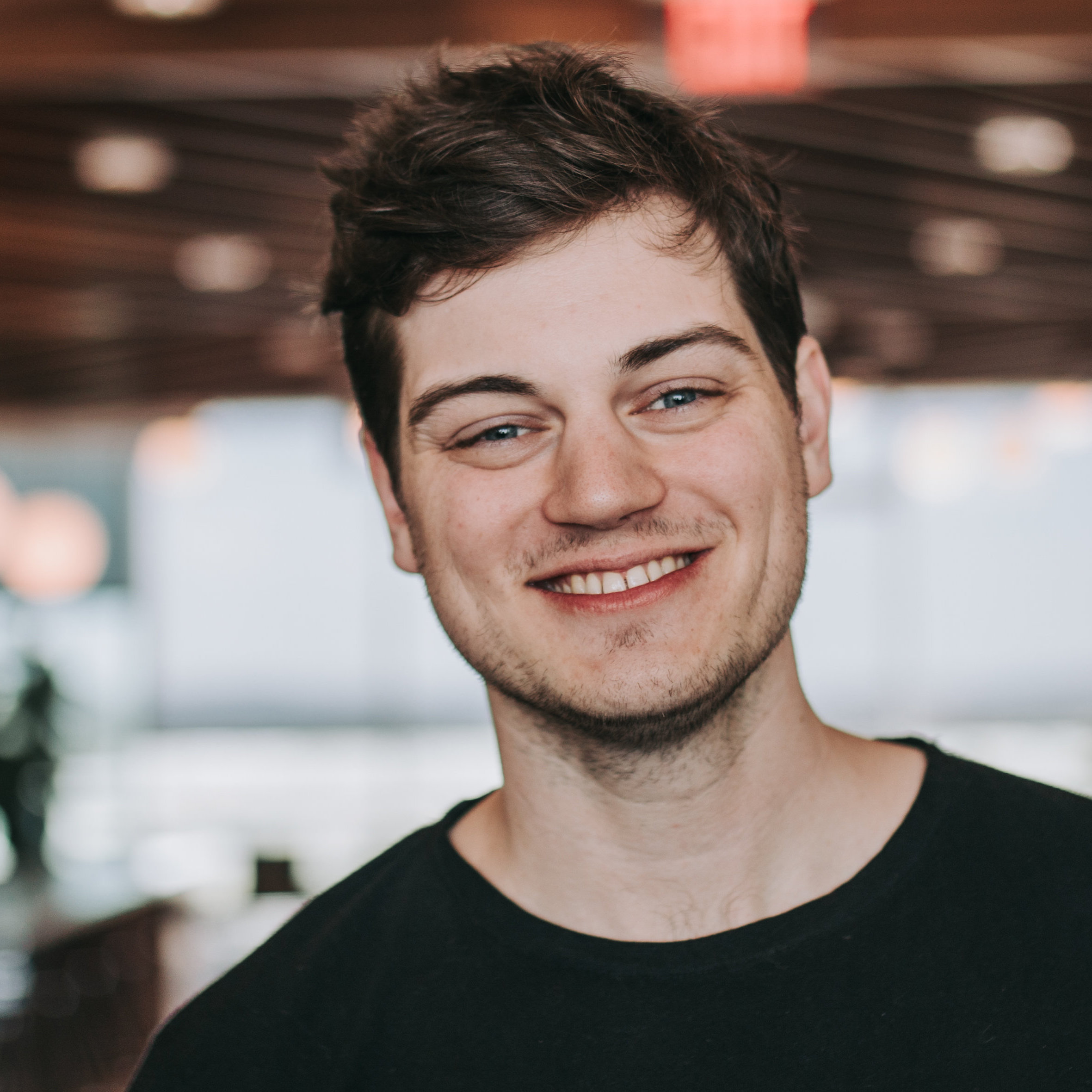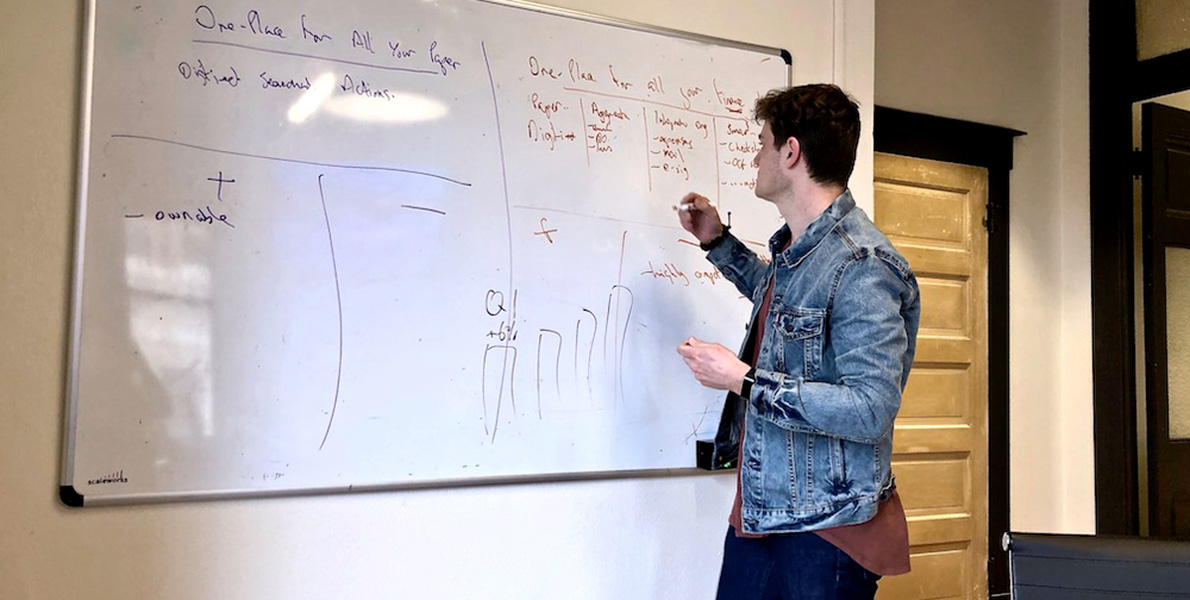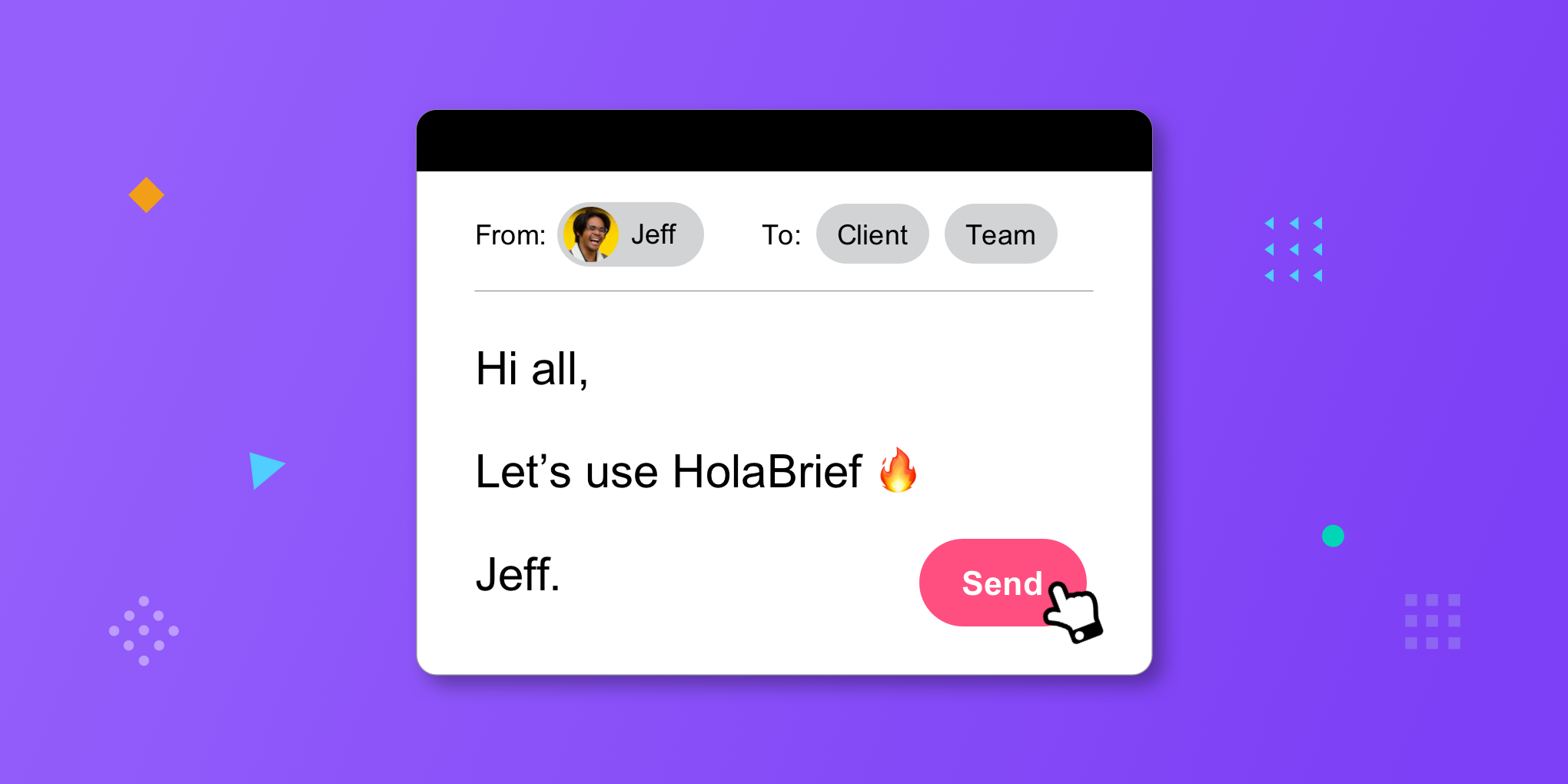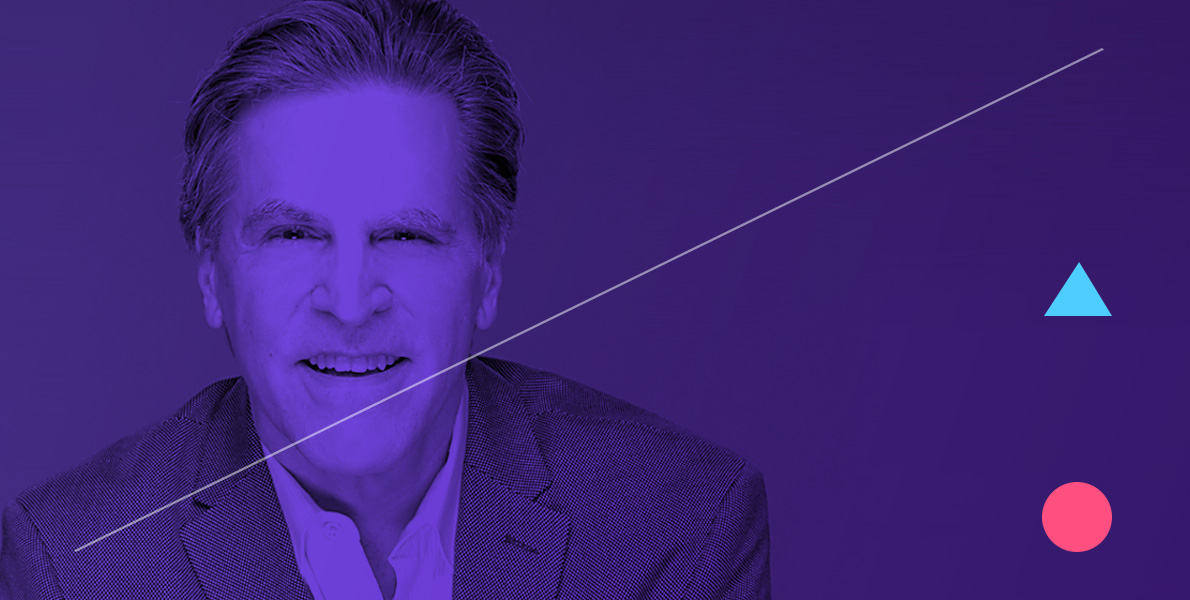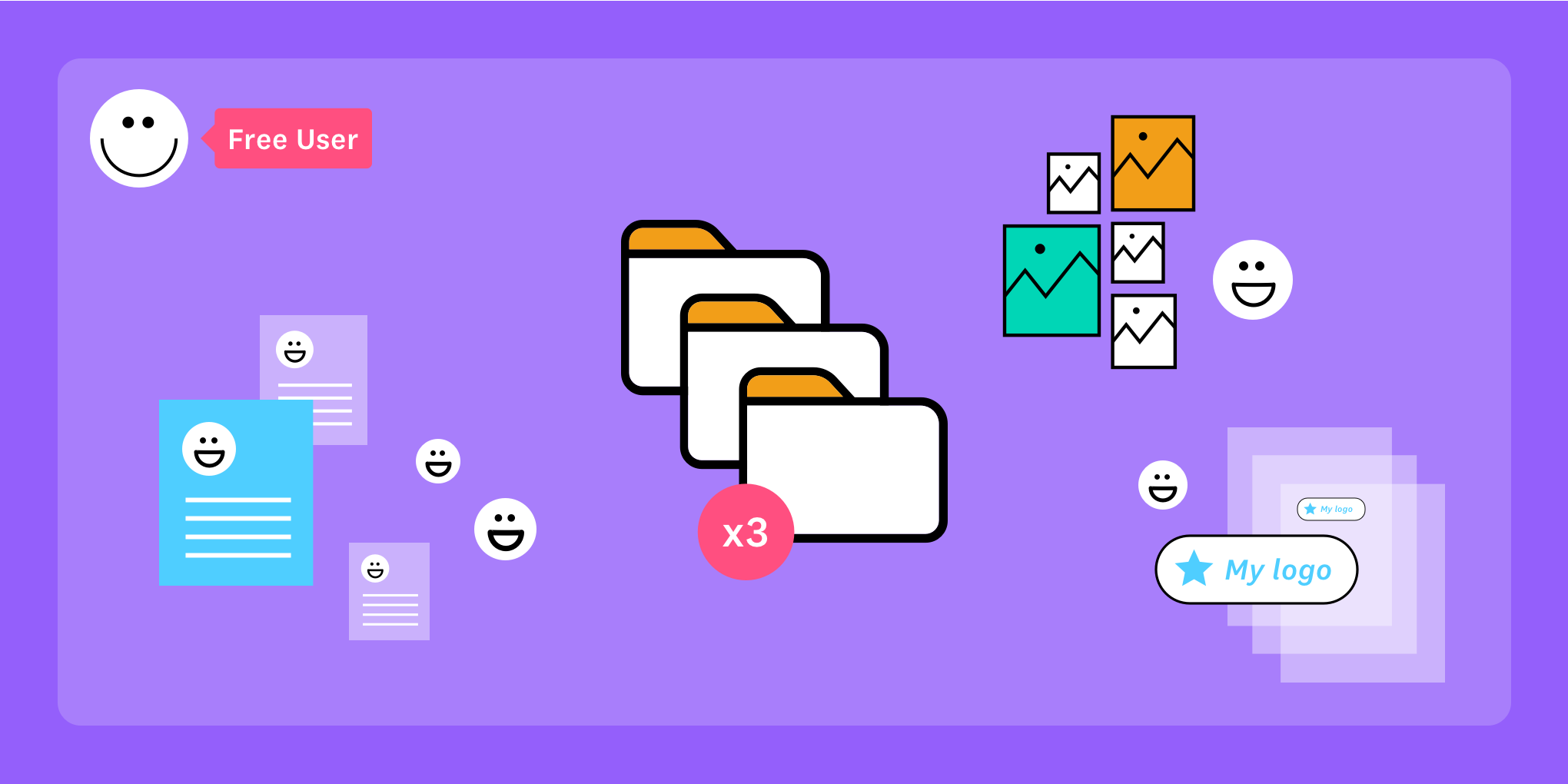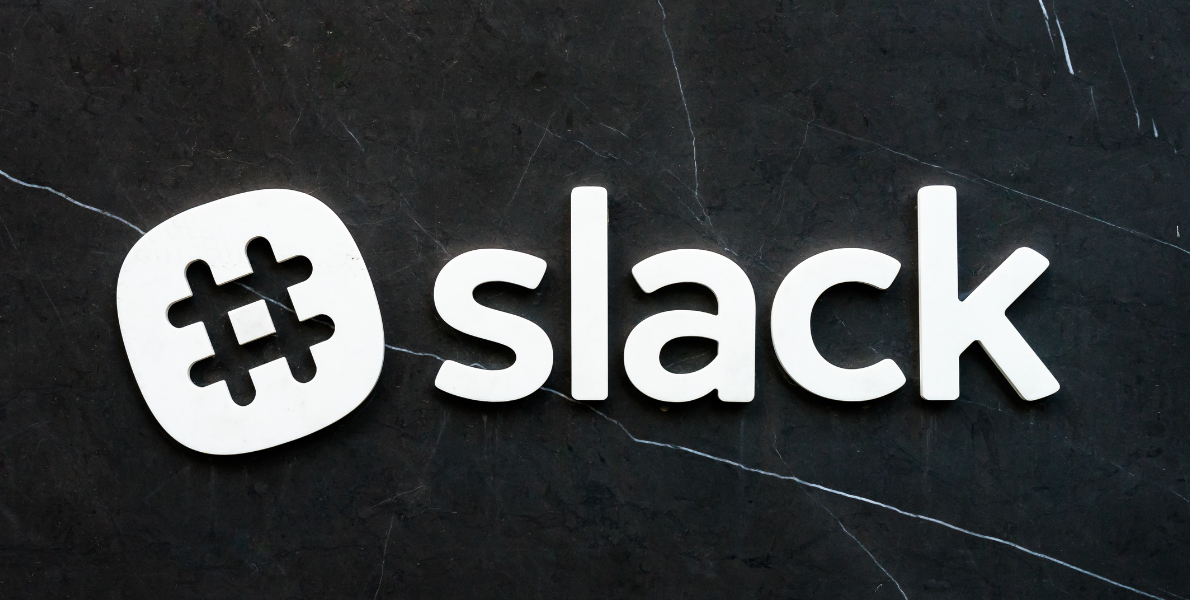I know what you’re thinking. I know because I have thought it many times before, and even now still struggle with it. It goes something like this:
“If I don’t sell my studio as full-service I will be leaving clients on the table.”
“If I just concentrate on some services I will get boxed into a corner.”
“Just one vertical? I will get bored of working with the same type of client.”
It’s natural to fear narrowing your scope and becoming a specialist vs generalist, but I am here to tell you that it is well worth taking the leap.
I should start by saying this article is for studio owners like myself, who may have considered specialization, but have struggled to fully commit. If you’re looking for more technical information on specialization I highly recommend checking out the work of both Blair Enns and David C. Baker.
Just go to the doctor already….
There is a portion of the population, myself included at times, that will avoid going to the doctor at all costs.
Deep down we know there is a strong chance we are sick, but the thought of having it confirmed by a professional is so frightening that we would rather risk further complications than just schedule an appointment!
Moving from being a generalist to a specialist is fairly similar. You probably recognize that you need to specialize in order to stand out from the dozens of other agencies that are officing next door, but the thought of actually going through with it is where things get tough. But maybe I can provide some comfort, as once a studio goes through the process of finding its niche, it is much easier to find success and establish expertise. After all, this is your area.
Take the leap. It is worth it. It is frightening, yet exhilarating. It forces you to take a hard look at what you are good at and to truly evaluate how that helps your clients.
Why You Should Believe Me
Until recently, my own studio, Y’all, was a SINO (specialist in name only). We spoke about the necessity of finding your niche and owning it, while still hedging our bets and taking on generalist jobs that came our way. The work we produced met our client’s expectations and was objectively “good,” but it did little to cement our expertise in what we really wanted to be known for: building and launching brands.
When I think back to why I resisted taking my own advice, it was a mix of not wanting to leave anything on the table, not limiting ourselves in any conceivable way, plus a tiny dash of insecurity, in the belief that if we chose to specialize and didn’t succeed in our core area, it would be a referendum on our abilities as a whole. Let’s dig into these.
The first is the most simple to reason with. Taking on every project that comes your way is a bad business decision, as you are likely accepting work that falls outside of your core competencies. This work takes more time to complete and end ups dragging down your margins and hurting firm morale. If you run a firm that wins every job and all of the jobs are in your desired niche, then you are likely undervaluing yourself and should be charging more! For more on the issues with too high of a win rate refer to Blair Enn’s writing in his book, Pricing Creativity.

Pattern matching, the process of finding, identifying, interpreting, and learning from repetition, allows for you as a studio to become a more valuable asset to your clients... and with that the ability to charge more for your expertise.
My second hesitation was one I believe impacts most firm owners. Part of the allure of running a business in the creative space is taking on all challenges and creating something fantastic, right? We are so good at designing, developing, building, thinking, that we can’t bear the thought of being chained down to one thing. I’ve got a healthy ego, I get it. But it just isn’t good business. David C. Baker constantly speaks on how pattern matching is the key to being successful in the industry (and in life). In order to detect patterns we must complete the same action over and over. This allows us to improve our work, notice trends, and apply them to our clients. Pattern matching is not possible when you do everything.
The final barrier I encountered is the most personal, but it is important to address because I know I am not the only one who struggles with this. No matter how much positive feedback we received from clients, I was still plagued by a haunting thought that if we did specialize there was a very real chance that we wouldn’t be good enough. And if we aren’t good enough in our own niche then what are we even doing? I wish I had a clear answer to how to handle this, but I don’t because I still feel it. There will always be a touch of imposter syndrome, and I don’t think it’s avoidable. It lessens over time as the positive feedback from clients comes in and as you get paid more and more for your specialized work, but it never disappears. Perhaps years down the line I will wake up one day and I won’t have thought about it for months. Or maybe this fear is what drives me to provide our clients with the best work I can, and to constantly seek out ways to learn from others and to improve what we are doing.
What did Y’all do?
After a significant amount of time working as a generalist studio, I bit the bullet and chose an area to focus in. We shifted from working with any business in any point of their growth for whatever sort of creative service they needed to launching and reinventing brands based on powerful positioning. We want to help purposeful brands find their strategic edge, with a strategy-first mindset implemented in the design and digital services we offer. That is what we do. Need an email marketing campaign? We know a great firm we can refer you to. Want just a small website and need it in a few days? We recommend finding a freelancer.
We still get to help brands in a variety of areas, from brand identity development, to business operations strategy, to developing websites, but all with a set goal in mind. We take companies ready to make changes to their brand and we help them develop strong positioning before building their aesthetic and personality around that. We have a ton of fun doing it and are now able to engage in pattern matching, which just further benefits our clients. And yes, eventually clients reach a point in which they don’t need us anymore. In-fact, if they don’t eventually reach that point then we haven’t done our job. We are the creative rocket that sends them into orbit and once they are there they get to engage a firm that rocks at production, ongoing digital marketing campaigns, or whatever else they may need.
A closing thought..
I am sure we haven’t found our perfect, final positioning. But we are a lot closer than we were before and it is already paying dividends. And thanks to HolaBrief's strategic framework, we are able to put our strategy-first mindset into practice! We are getting higher paying jobs with clients that are located across the country and that we are excited to work with. I encourage any hesitant studio owner to take the leap, not because ultra-successful consultants are saying it is the right thing to do, but because as someone who was in the same position as you just a few months ago I can tell you that the feeling of developing expertise and being recognized for that expertise is worth all the nerves, uncertainty, and doubt.
You don't need to be a brand strategist as a designer, but you have to know about strategy in order to attract higher paying clients. Start setting up strategic briefs with HolaBrief and position yourself as a designer who knows about strategy. Sign up now.
